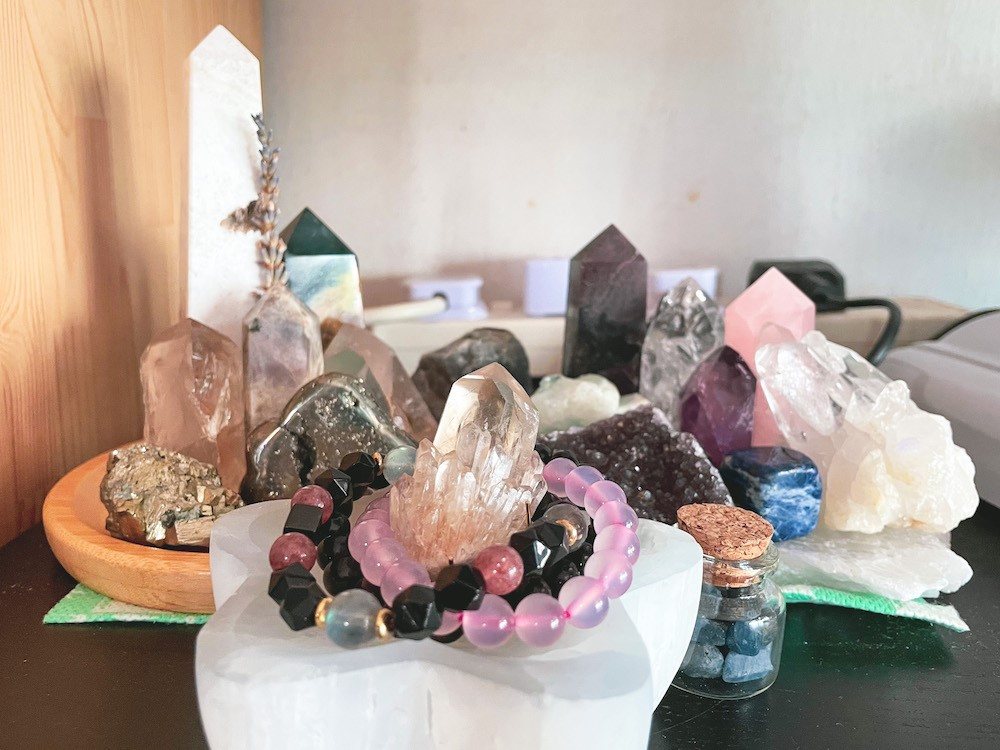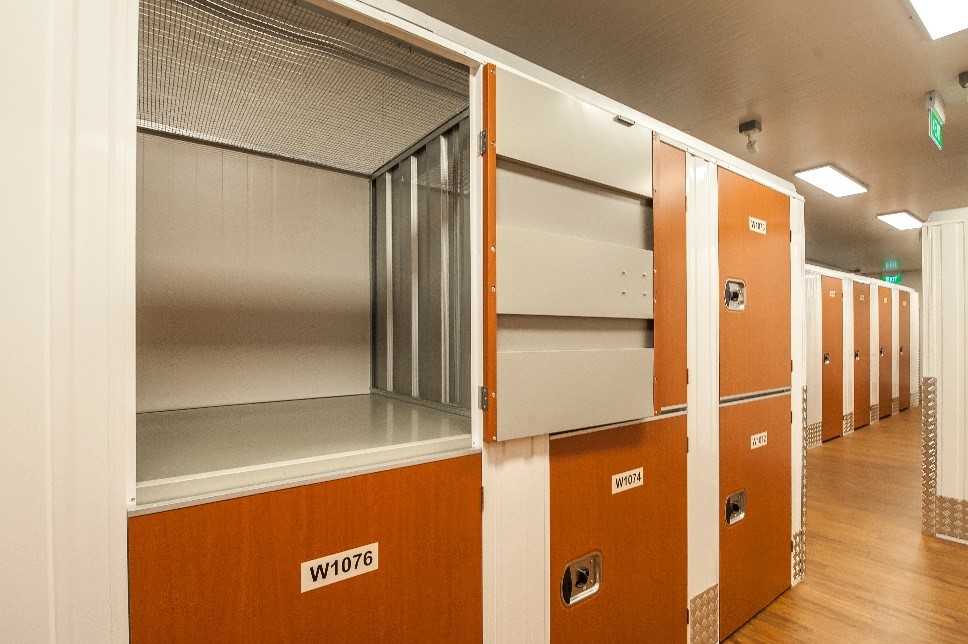
Image Credits: Vulcan Post
From rose-quartz and amethyst to moonstone and obsidian, the trend of buying and selling crystal and healing stones has picked up over the past two years during the COVID-19 pandemic.
You can find many videos with #crystaltok on TikTok, with people showing off their precious stones and sharing success stories thanks to their healing properties! On top of this, crystals have become more mainstream as celebrities like Kim Kardashian and Adele stand by them for good luck, positive energy and a host of many more benefits!
However, do you know that keeping your crystal on display isn’t always the best idea? Different crystals have different storage methods; some need to be kept from sunlight, while others need to be kept away from water.
Furthermore, properly storing your crystal is not just about keeping them free from dust. Many other environmental factors can affect your crystal’s healing energy, effectiveness, appearance, and longevity.
Read on to find out why proper storage is crucial for your crystal and healing stone collection.
Protection from Sunlight
Sunlight can be used to charge, energise or cleanse your crystal. However, some crystals can only be kept under sunlight for a short time with partial shade, as they might fade, change colour or become brittle.
Some examples of crystals that should be kept away from sunlight and the effects are:
- Amethyst – Fading of colour
- Apophyllite – Fading of colour, becoming brittle
- Apatite – Fading of colour
- Aquamarine – Fading of colour from blue to white
- Calcite – Fading of colour, becoming brittle
- Celestite – Fading of colour from blue to white, becoming brittle and breaking
- Citrine – Fading to clear colour
- Clear Quartz – Becoming brittle, crack, or break
- Fluorite – Get heated extremely fast
- Opal – Fading of colour
- Rose Quartz – Fading of colour
- Sapphire – Losing of colour
- Topaz – Fading of colour
If you are unsure if your crystal could be placed under direct sunlight, it is best to be cautious and place them away from windows and doors to prevent any damage.
Protection from water
Sometimes, we want to rinse our crystals lightly under a tap to clean any dust, grime, or fingerprints from each piece before displaying them with our collection. However, some crystals are prone to rust, fracture and may even dissolve when they come into contact with water.
As such, it is essential to know if your crystals are waterproof before washing them, as well as be wary when you place them in the bathrooms.
Some examples of crystals that are not waterproof and the side effects include:
- Calcite – Dissolve, fading of colour
- Desert Rose – Dissolve, fading of colour
- Halite – Dissolve
- Hematite – May fracture, becoming brittle
- Lodestone – Rust
- Obsidian – May fracture, may flake
- Opal – May fracture, may flake
- Pyrite – Rust
- Selenite – Dissolve, fading of colour
- Turquoise – Dissolve
Protection from Damages
Having proper storage will greatly reduce your chance of damaging your crystals. Improper storage of crystals can lead to scratches, dullness and chipping.
These damages may affect more than just the crystal’s appearance. For those who use crystals for healing, a chipped tip can alter the energy flow and healing power.
Moreover, some crystals are just so much more delicate than others. Crystals like amethyst, calcite and opal can scratch easily. As such, it is advisable to wrap them up in soft tissue paper during storage.
To minimise the risk of damage due to sunlight, water, and improper storage, you can always consider storing them at Extra Space Asia’s climate-controlled storage unit. As such, you can rest assured that your crystal will receive all the protection they need!



